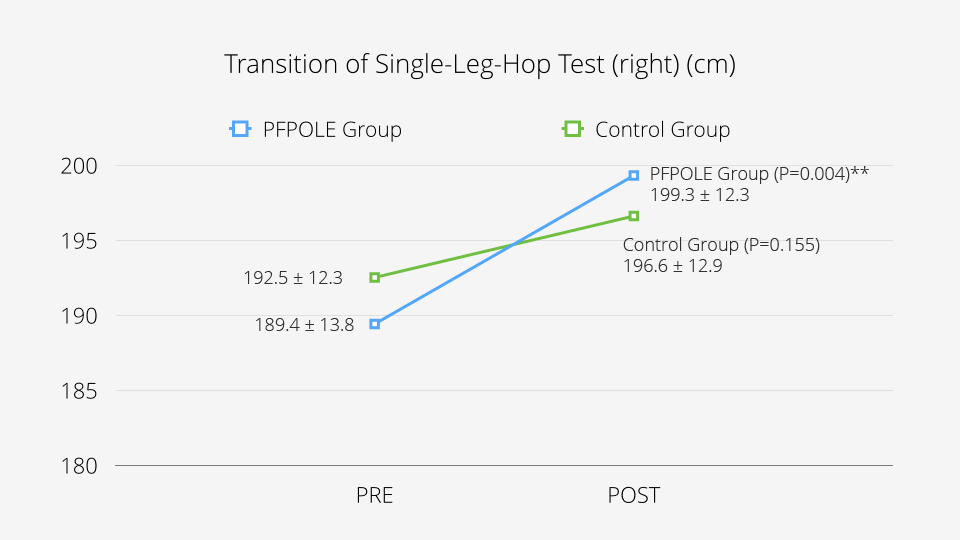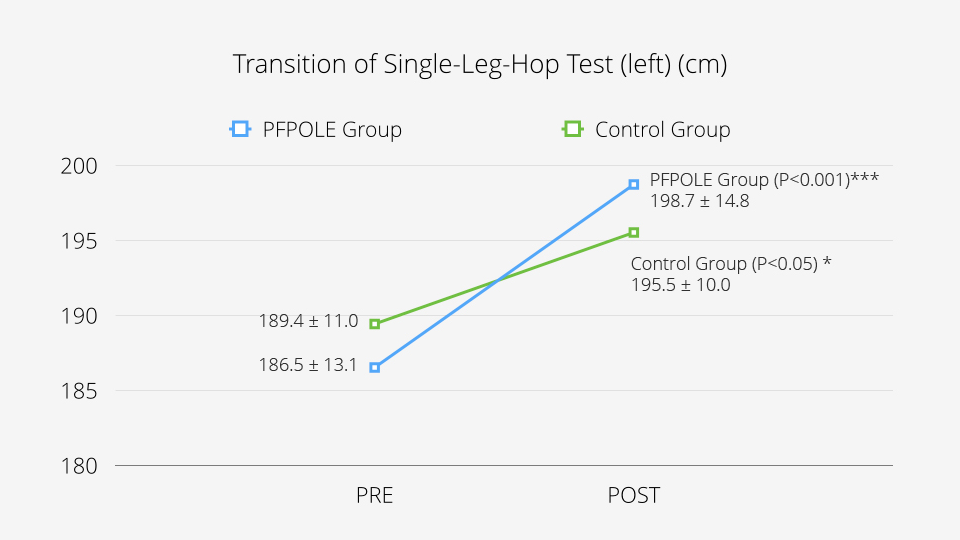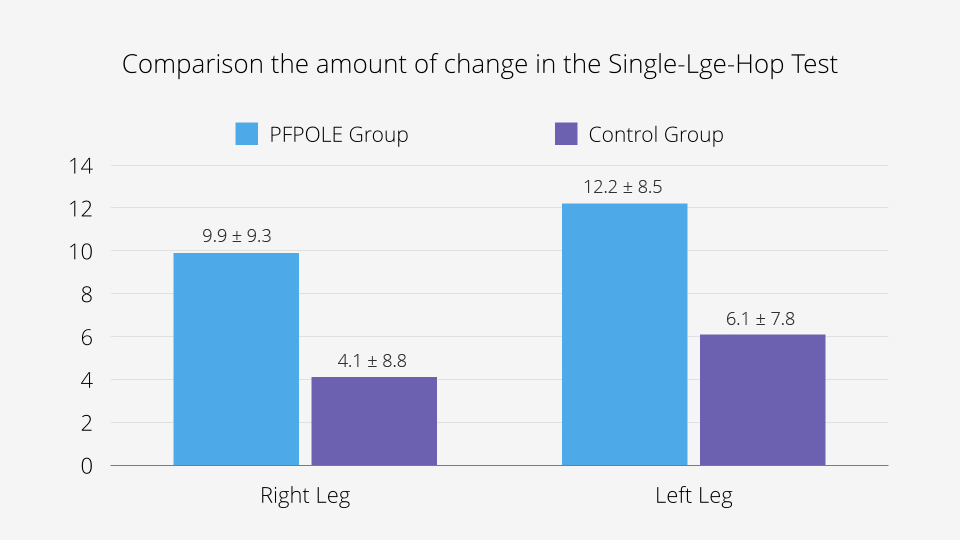Toshimitsu Ishizuka and Takumi Morishita presented at: The 25th Congress of the Japan Society of Training Science for Exercise and Sport; 2012; Department of Sports Science, Faculty of Sports and Health Science, Fukuoka University.
It has been suggested that using PFProp has contributed to stronger legs, dynamic balance, and improved ability in female volleyball players.
PFProp is a tool developed to activate the pelvic floor muscles, one of the inner units of the body.
Many athletes experience changes after exercising with PFProp. For example, some report a sensation of the legs being lighter. However, it was unclear how continuation of the exercise using PFProp would impact performance. To determine the answer, researchers investigated the effects of exercise while using PFProp on the performance of female volleyball players.
For the experiment, 23 female volleyball players were randomly assigned to two groups: a PFProp group and control group. Performance tests (counter movement jump, single-leg-hop test, and repeated side steps) were conducted at the beginning, and again after three weeks of intervention. Within the PFProp group, there were significant improvements for counter movement jump (the average improvement: 1.5cm, p = 0.01), single-leg-hop test on the right leg (9.9cm, p = 0.004), single-leg-hop test on the left leg (12.2cm, p < 0.001), and repeated side steps (4.9 times, P < 0.001). Within the control group, there were significant improvements only for single-leg-hop test on the left leg (6.1cm, p < 0.05) and repeated side steps (3.7 times, p = 0.005). Although no differences were observed in the amount of change between the groups, the amount of change within the PFProp group was higher than that of the control group, suggesting that the exercise using PFProp contributed to stronger power of legs, dynamic balance, and improved agility in female volleyball players.
*, **, *** Significant difference between PRE and POST (* P<0.05, ** P<0.01, *** P<0.001)




